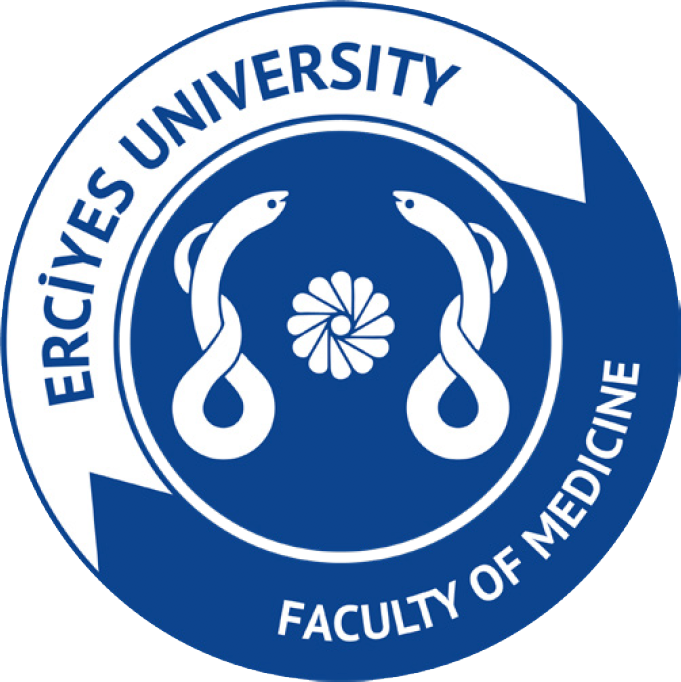Abstract
Objective: Acute myocardial infarction (AMI) is a leading cause of morbidity and mortality worldwide, emphasizing the need for timely and accurate diagnosis. This study evaluates the diagnostic potential of newly derived hematological indices—mean platelet volume–to–platelet count ratio (MPR), platelet–to–white blood cell ratio (PWR), red cell distribution width–to–lymphocyte ratio (RLR), red cell distribution width–to–platelet ratio (RPR), Systemic Immune–Inflammation Index (SII), Systemic Inflammation Response Index (SIRI), and derived neutrophil–to–lymphocyte ratio (dNLR)—combined with conventional blood parameters.
Materials and Methods: An open-access dataset with 981 participants (477 AMI patients and 504 healthy controls) was analyzed. Feature selection was performed using the ReliefF algorithm to identify the most informative features. At the same time, class imbalance was addressed using the Synthetic Minority Oversampling Technique (SMOTE) for multi-class classification (control, ST-elevation myocardial infarction [STEMI], and non–ST-elevation myocardial infarction [NSTEMI]). Random Forest (RF) and Adaptive Boosting (AdaBoost) classifiers were utilized for both binary and multi-class tasks.
Results: In binary classification (Control vs. AMI), RF achieved 84.92% accuracy and 91.25% area under the curve (AUC), while balanced multi-class classification reached 80.75% accuracy with RF, demonstrating consistent and robust performance across cross-validation folds.
Conclusion: The findings highlight the added value of derived indices that reflect systemic inflammation, immune response, and platelet activity in enhancing the diagnosis of AMI. The proposed framework offers a reliable, interpretable, and clinically applicable approach to support early detection.


